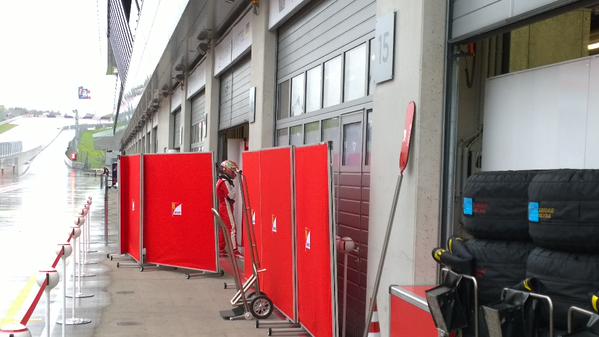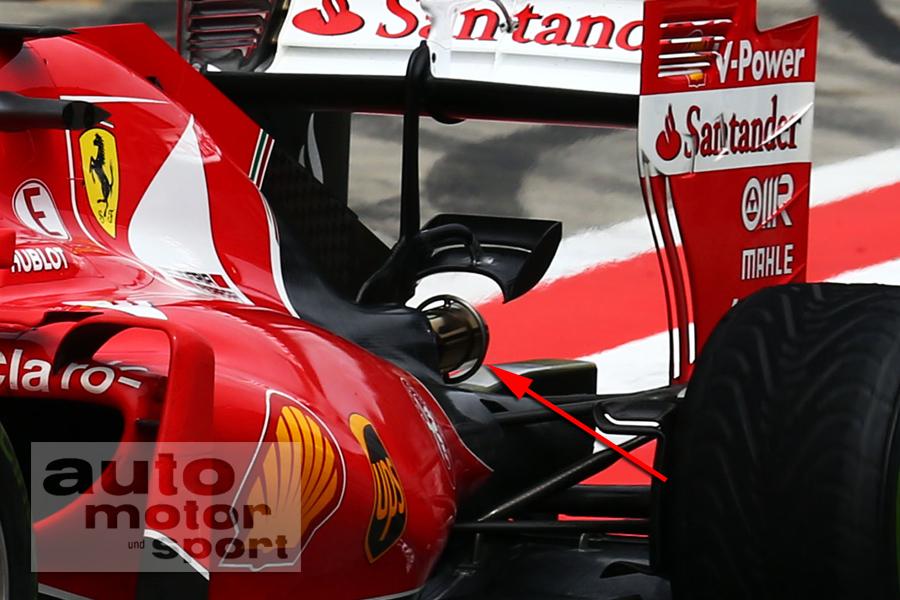F1 aerodynamacists will chase and optimize
anything if given the chance. It's what they do.

The question is
value.
For what really amounts to a high nose, I can't see how a short nose would be significantly advantageous when it comes to "dirty air." The efficiency of all aerodynamic components is reduced when exposed to turbulent flow, and as a percentage of total downforce, Ferrari's long nose may lose more in turbulent conditions simply because it creates more in steady conditions by virtue of its diffuser-like venturi effect. Is that enough to make the switch, though?
My chief concern has always been pitch-sensitivity. As the car pitches back and forth, the distance between the ground and the underside of the nose changes, and that effects the volume of mass flow underneath. But, I've not read any analyses or reports this season that might tend to validate such a concern.

I guess the point I'm trying to make here is that I don't see a compelling reason why Ferrari needs to follow the crowd and adopt a short nose. Thus far, it's not a must-have feature like the F-duct or double-diffuser. (It might make more sense on next year's, though, since it can be incorporated from the very beginning of the design.)










